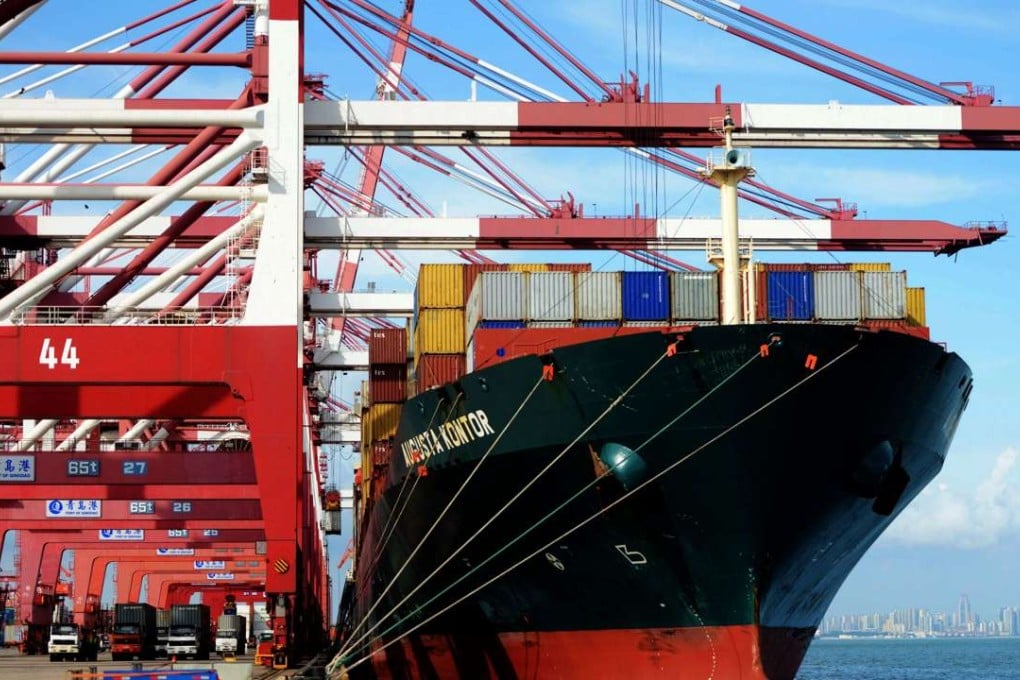Outside In | Trump’s protectionism threatens to unravel decades of trade liberalisation
China in particular will bear the brunt of the new administration’s ‘America first’ anti-globalisation policies

In the 10 weeks from now to the inauguration of the new Trump era on January 20 next year, the world will be awash with analysis and speculation about how the US and the world are about to be changed. Views range from the euphoric to the apocalyptic – but all are agreed that massive change is afoot.
Outside the US, this is likely to be felt most powerfully in all areas of trade.
Look at the awful electoral rhetoric: “Our plan is to put America first. Americanism, not globalism, will be our credo.” Trump is understood to be the first avowed protectionist to be voted president in almost 70 years. His appeal to nativism, isolationism and protectionism is unprecedented, and threatens the US’s six-decade role as champion of a liberal international order.
Most notably, Trump has warned he will slap tariffs of up to 45 per cent on China’s exports to the US
So if, like me, you have for the past four decades celebrated the significant net gains that have come from trade liberalisation and globalisation, then almost all the expected changes are going to be bad – and they might begin to rain down on us very soon.
If you are among those who voted for Trump to “Make America Great Again”, then the celebrations have already begun. All I dare say now is “beware what you wish for”.
While many Trump supporters have argued that he will in office be much more moderate than his rhetoric has suggested – like on engagement in Nato, or action on immigration – there are no such voices on trade. The consensus is that a number of high-profile trade actions (where the president has greater autonomy to act) can be expected in short order, with China in particular singled for action. Again, recall the rhetoric: Trump claimed that China’s entry into the World Trade Organisation was “a disaster”, triggering the closure of 70,000 factories and amounting to “the greatest job theft in the history of the world”.
Most notably, Trump has warned he will slap tariffs of up to 45 per cent on China’s exports to the US. Of course, the weasel phrase “up to” is important – such punitive measures are likely to be confined to a rather small number of politically sensitive products. But the impact of such a move could be colossal, both on China and on US consumers, and of course on Hong Kong as a primary conduit for the movement of such exports.
China’s exports to the US last year were just over US$400bn, so even if tariffs were averaged out at just 15 per cent, that would mean additional costs to consumers of around US$60bn. I know Trump’s aim is not to add to consumer costs but to squeeze US and foreign companies that currently manufacture outside the US to “domesticate” their manufacturing processes. But just how naïve is he to think that such “domestication” will not result in higher costs on retail shelves? And how naïve is he to believe such actions would not trigger similarly punitive retaliations?
